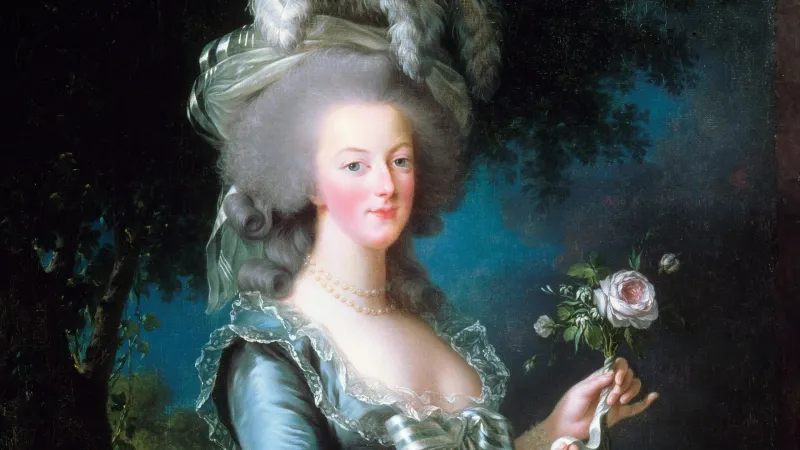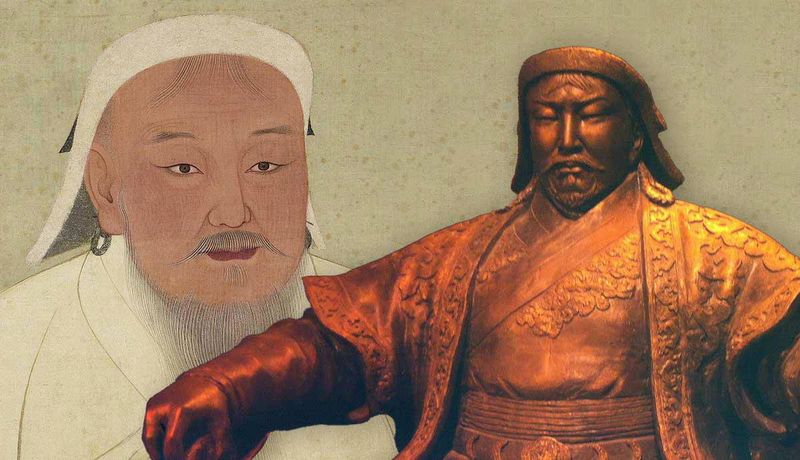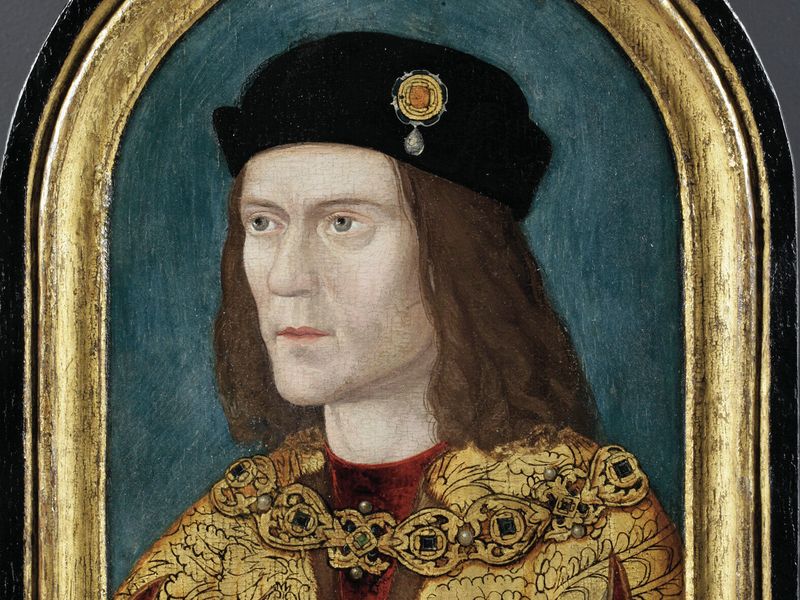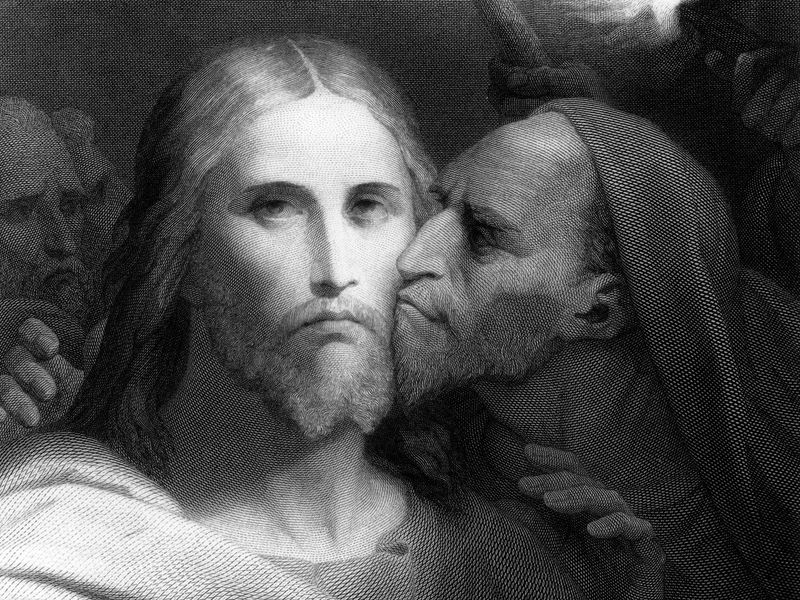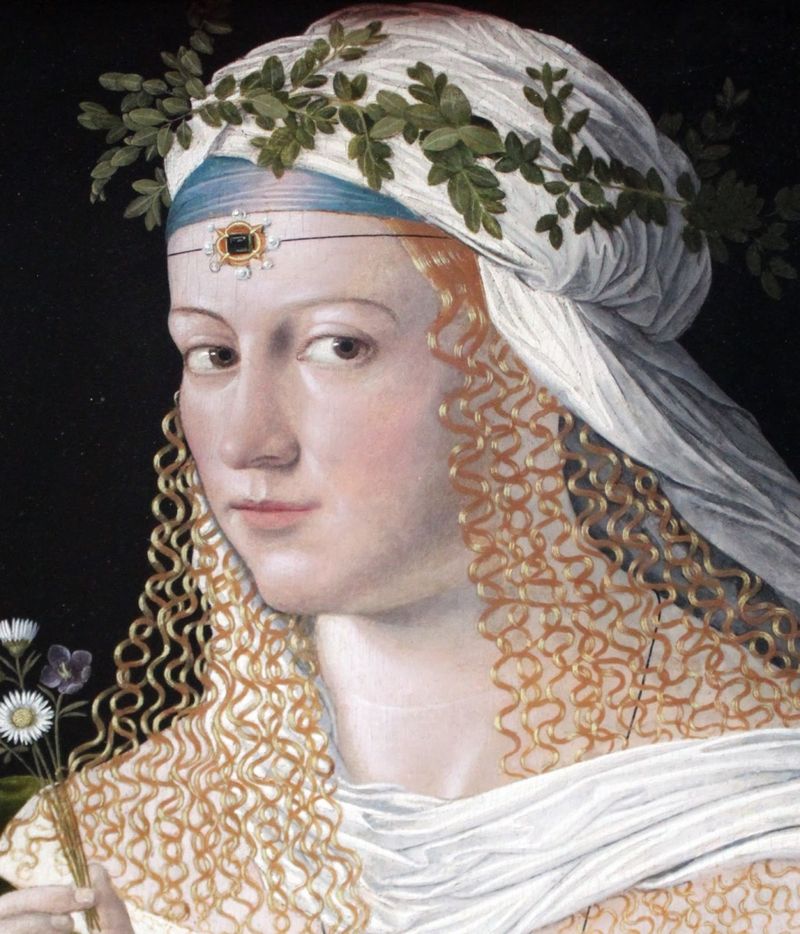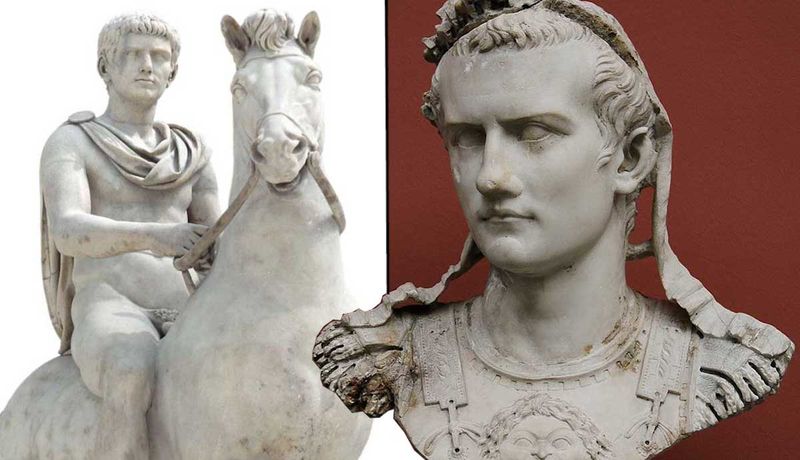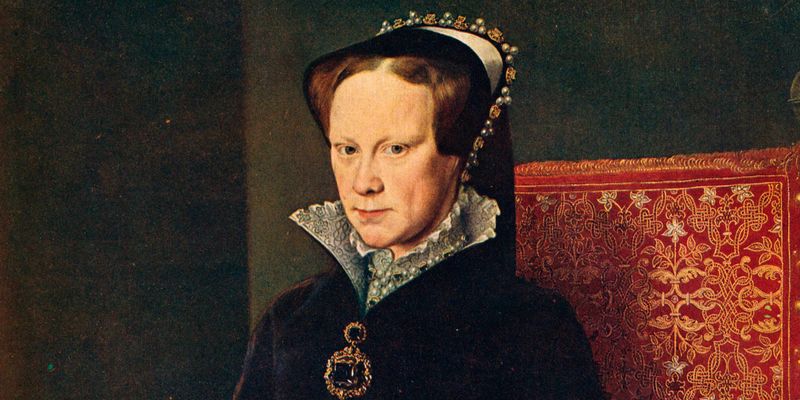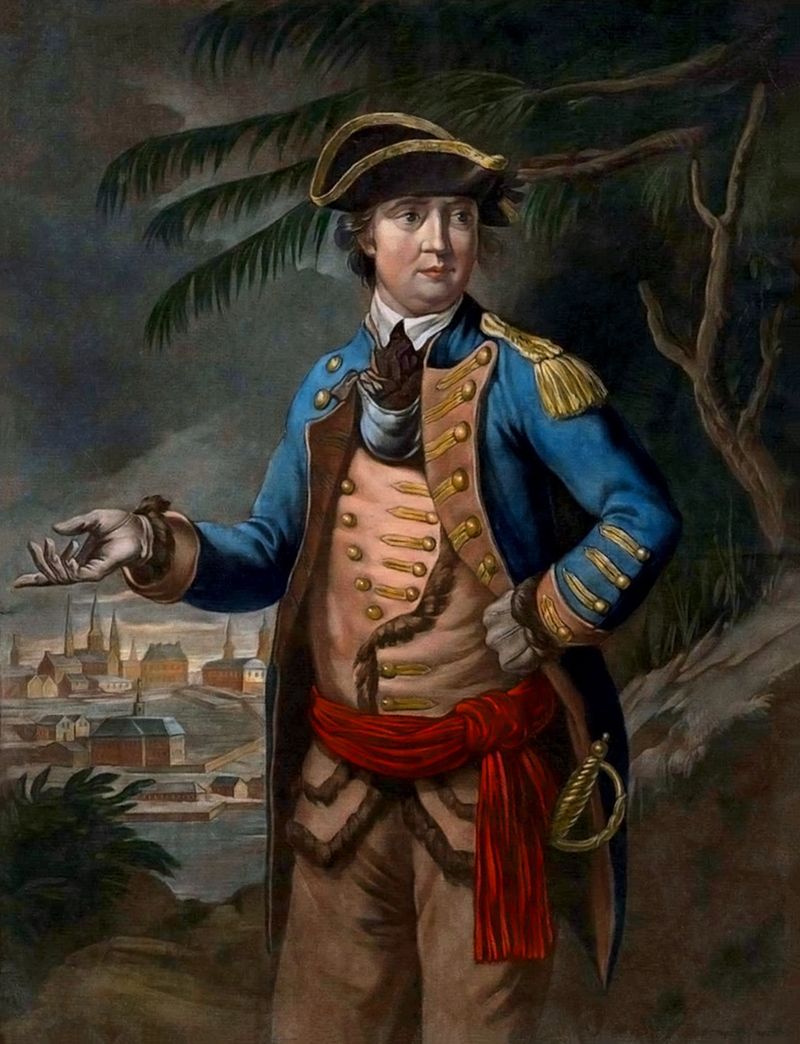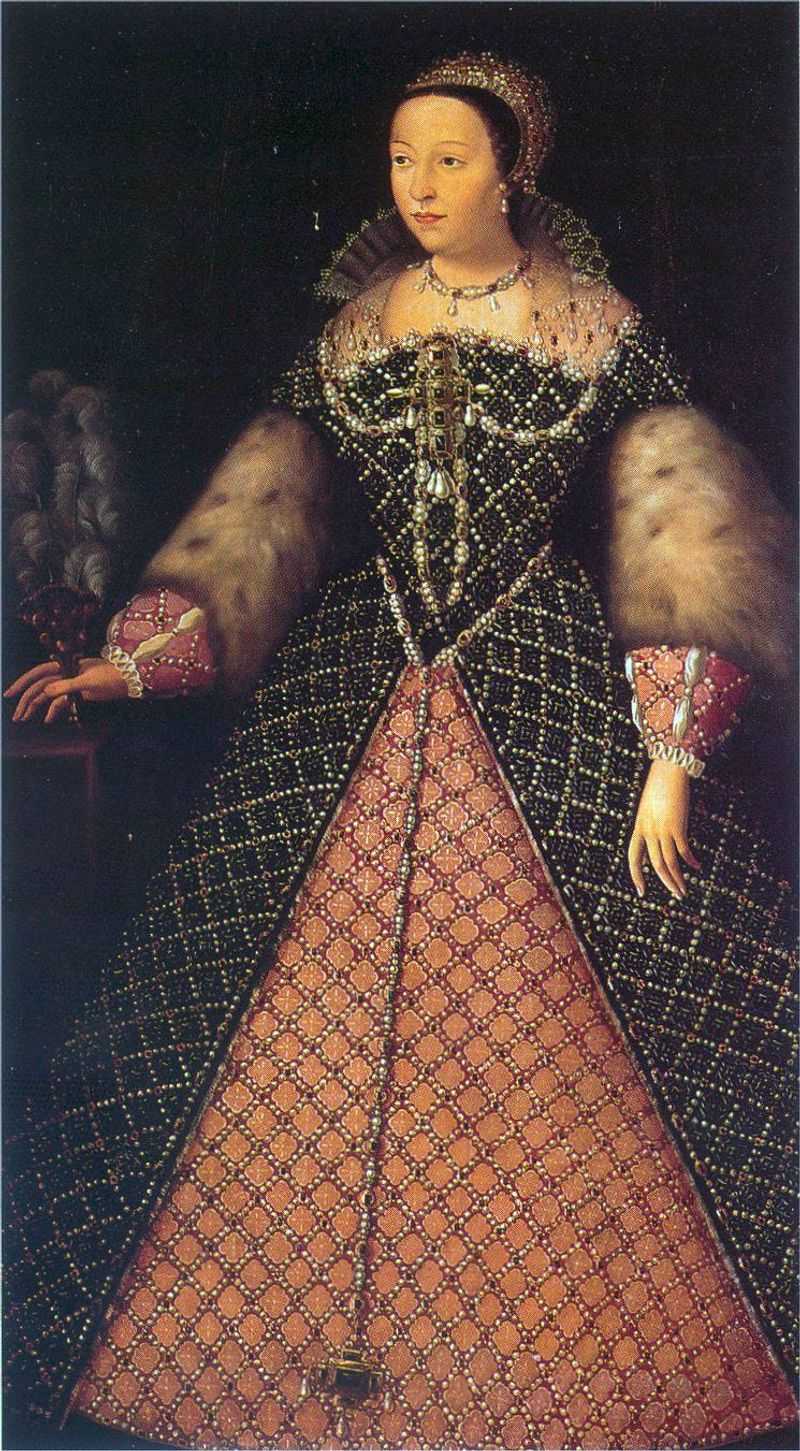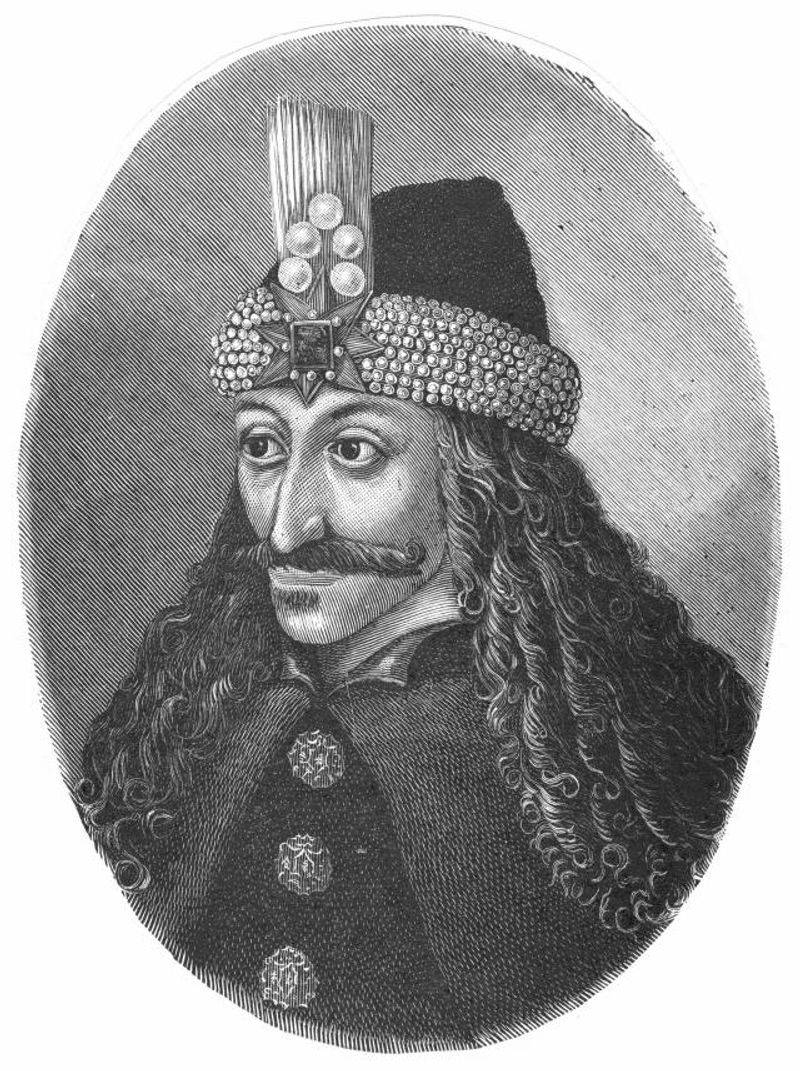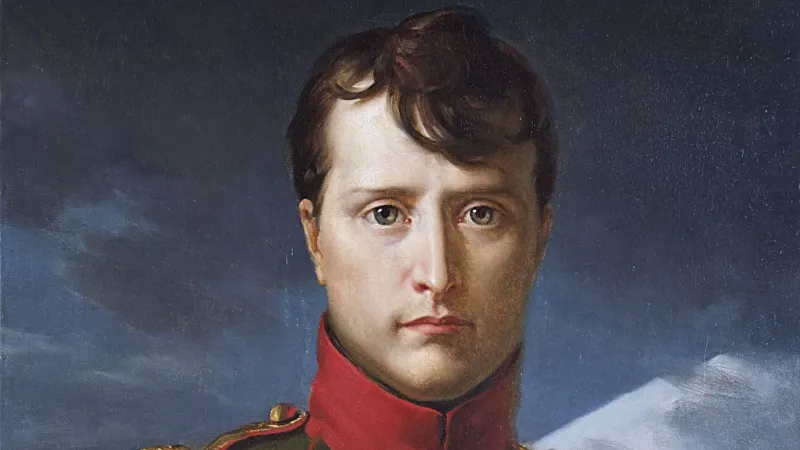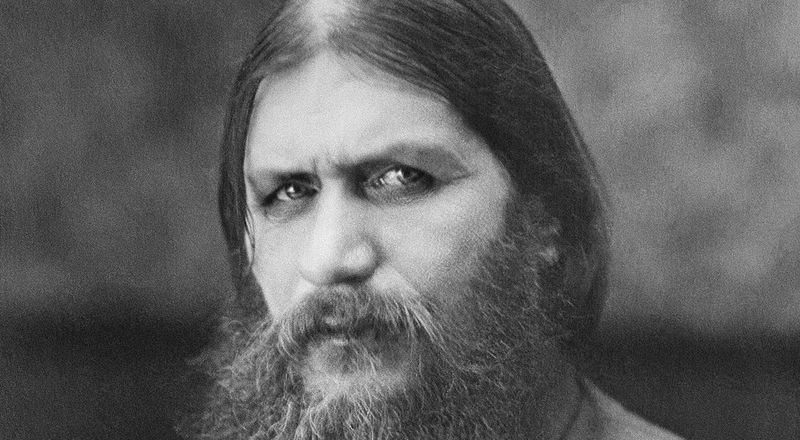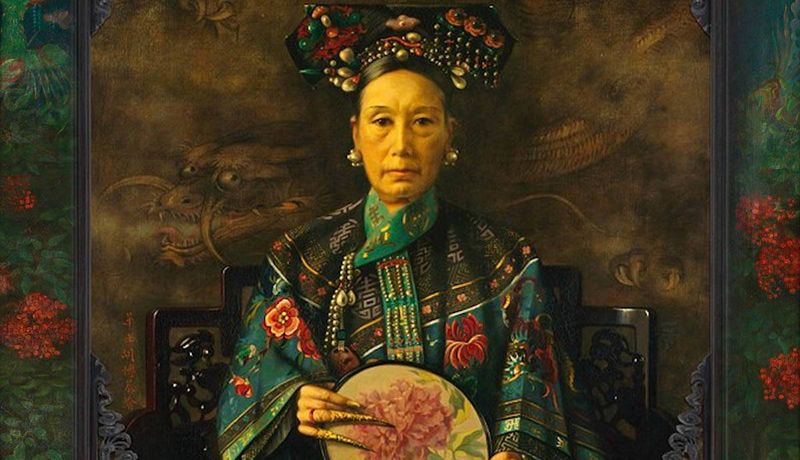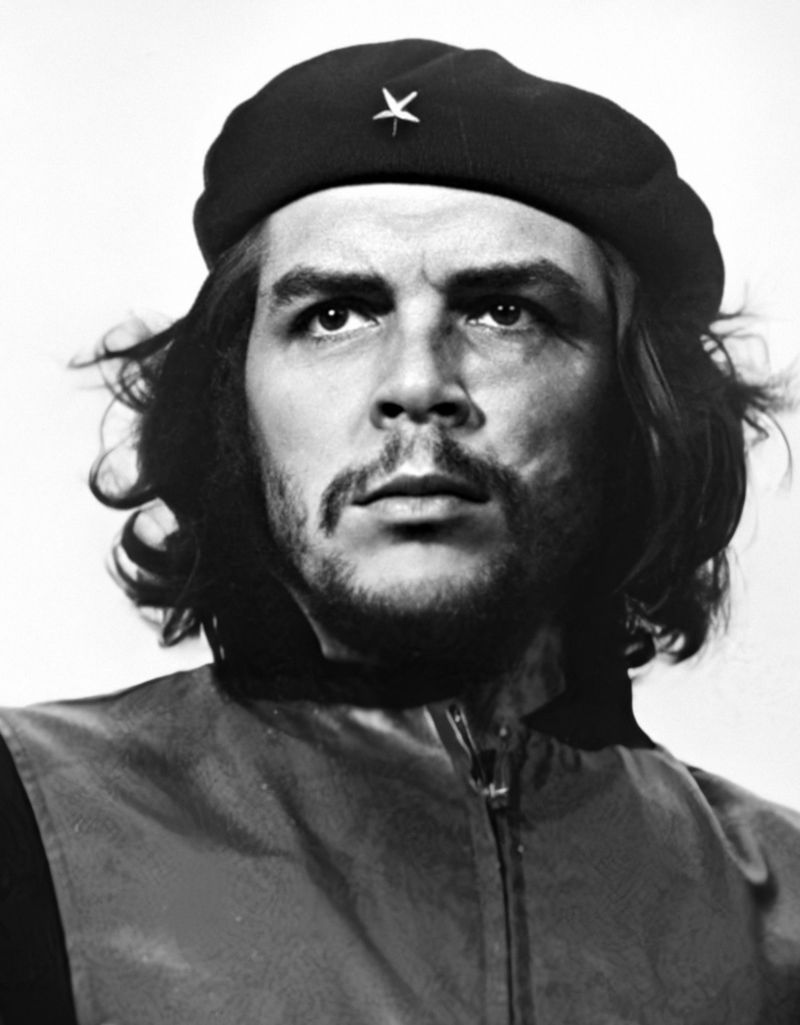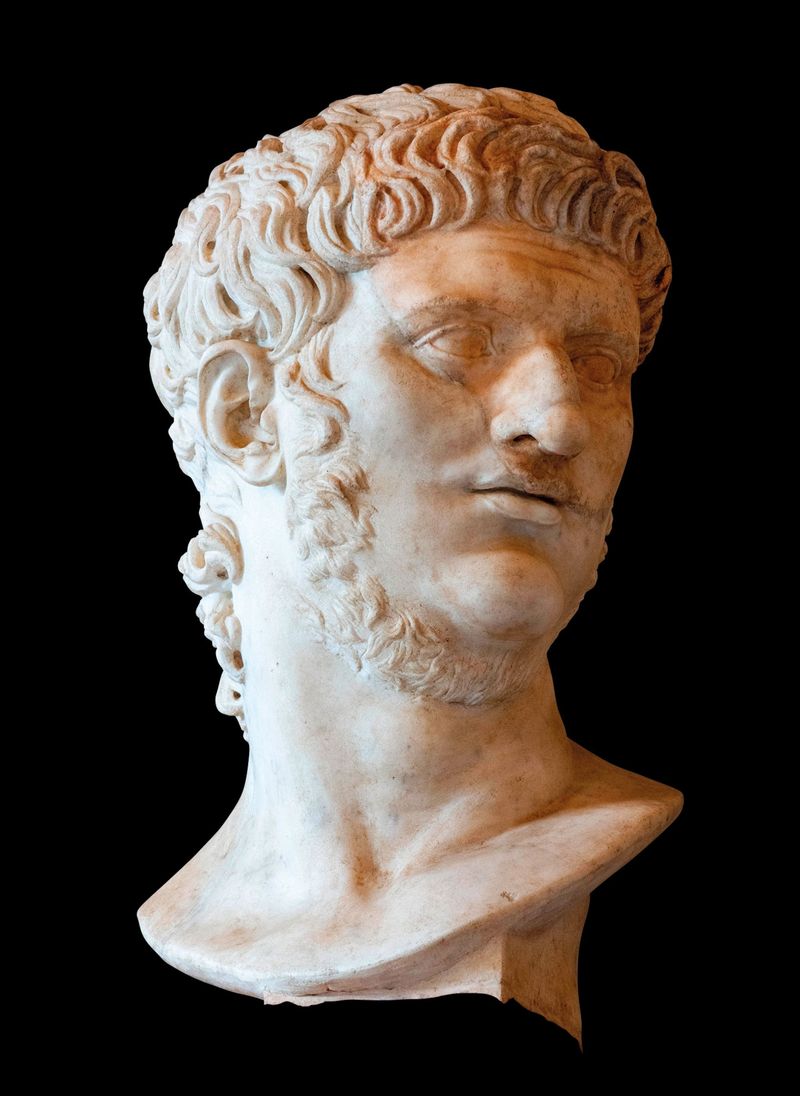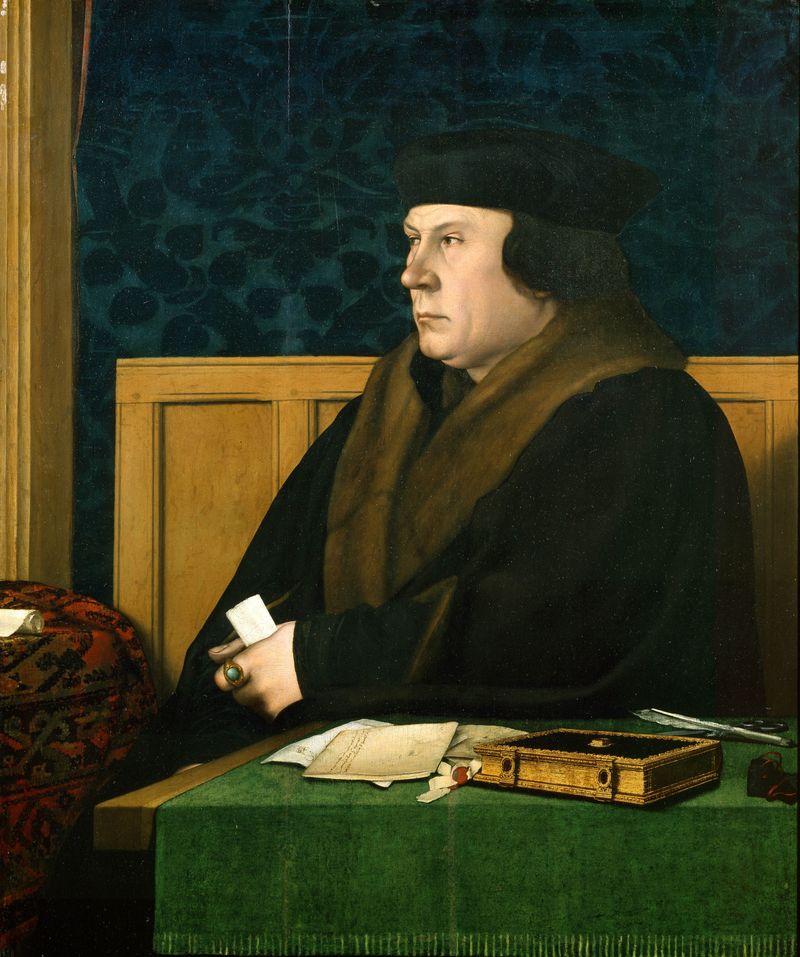History doesn’t always get it right. Some figures remembered as tyrants, traitors, or monsters were more complex than their reputations suggest. Whether victims of propaganda, political enemies, or misunderstood motives, these 18 “villains” might not be as bad as they’ve been made out to be.
1. Marie Antoinette
A queen with a reputation for excess, Marie Antoinette was more scapegoat than villain. Born into Austrian royalty, she married Louis XVI at just 14, far from home and thrown into a complex political landscape. Clever and curious, she attempted various reforms and supported the arts. Her famous line, “Let them eat cake,” was never uttered. Instead, it was a fabrication aimed to vilify her. The Revolution painted her as a symbol of decadence, but Marie’s main crime was being a foreigner in a volatile time. She became a victim of political propaganda and societal upheaval.
2. Genghis Khan
Genghis Khan, remembered as a ruthless conqueror, was also a visionary leader. His empire stretched from Asia to Europe, unifying various tribes under a single banner. While his methods were brutal, they were not without purpose. Genghis promoted religious freedom, abolished torture, and established trade routes that connected distant lands. His meritocratic approach allowed talented individuals to rise regardless of their origins. Genghis’s legacy is one of both destruction and creation, a testament to his complex character often overlooked in mainstream narratives.
3. Richard III
Richard III is often remembered as the villainous king who murdered his nephews. However, evidence of his involvement in their disappearance is scant. Shakespeare’s portrayal, heavily influenced by Tudor propaganda, painted him as a hunchbacked villain. Yet, some historians argue Richard was a capable administrator and soldier, framed by those who benefited from his downfall. His reign, though short, was marked by efforts to bring stability to a war-torn nation. Richard’s story is one of political rivalry and historical bias rather than pure villainy.
4. Judas Iscariot
Judas Iscariot, often seen as the quintessential traitor, is a figure shrouded in complexity. Some gospels suggest he was fulfilling a necessary role in divine prophecy rather than acting from malice. These texts imply he might have been following Jesus’s instructions to bring about a greater good. Seen through this lens, Judas’s betrayal becomes a misunderstood element of a larger narrative. His story, more than a mere act of treachery, might reflect early Christian communities’ internal struggles and theological debates rather than personal villainy.
5. Lucrezia Borgia
Lucrezia Borgia, often depicted as a femme fatale, was more victim than villain. Born into the infamous Borgia family, her life was a series of strategic marriages. These alliances, dictated by her father Pope Alexander VI, were tools in a larger political game. Rumors of her poisoning rivals were largely unfounded, products of her enemies’ imaginations. In truth, Lucrezia was a patron of the arts and a skilled diplomat. Her reputation as a seductress overshadowed her intelligence and resilience in navigating a male-dominated world.
6. Caligula
Emperor Caligula’s reign is often remembered for madness and excess, yet ancient sources were recorded long after his death, potentially biased. Some modern scholars suggest his depiction as a lunatic who appointed his horse as consul was exaggerated. Caligula inherited an empire rife with challenges and attempted reforms that were met with resistance. His assassination, orchestrated by disgruntled senators, led to tales that served their narrative of necessary removal. Caligula’s legacy remains a blend of fact, fiction, and political spin.
7. Mary I of England
Mary I of England, infamously known as “Bloody Mary,” is often portrayed as a tyrant. Her reign saw the persecution of Protestants, yet similar actions were taken by predecessors and successors. Mary’s attempts to restore Catholicism were part of a broader religious conflict. Much of her negative image stems from Protestant historians seeking to justify the subsequent Elizabethan era. Mary’s policies aimed at stabilizing England, though her methods were harsh. Her legacy is complicated by the political and religious tumult of her time, rather than sheer cruelty.
8. Benedict Arnold
Benedict Arnold, synonymous with treason, was once a celebrated war hero. His decision to defect to the British was not merely traitorous but also personal. Feeling undervalued and facing financial ruin, Arnold’s choices were born from desperation. His contributions to the American cause were considerable before his defection, and he played a crucial role in early victories. Arnold’s story is a cautionary tale of ambition, loyalty, and the complexities of human motivations, overshadowed by his infamous betrayal.
9. Niccolò Machiavelli
Niccolò Machiavelli, author of “The Prince,” is often seen as an advocate for manipulation and deceit. However, his work is better understood as a satirical commentary on the turbulent Italian politics of his time. Machiavelli was a realist, highlighting how power dynamics functioned in reality, rather than endorsing tyranny. His insights into leadership, though cautionary, reflect the complexities of governance. “The Prince” is a reflection of Machiavelli’s deep understanding of human nature and political strategy, often misinterpreted as a villainous guidebook.
10. Catherine de Medici
Catherine de Medici, often portrayed as a scheming queen, faced immense challenges during her reign. Governing France during religious wars, she sought peace between Catholics and Protestants. Her involvement in the St. Bartholomew’s Day Massacre painted her as a villain, yet the complexity of the era reveals multiple forces at play. Catherine’s political acumen and efforts to stabilize France are often overshadowed by dramatic retellings. Her legacy is one of misunderstood intentions amid one of France’s most turbulent periods.
11. Vlad the Impaler
Vlad the Impaler, infamous for his cruel punishments, inspired the Dracula legend. While his methods were severe, they were aimed at defending his homeland, Wallachia, from Ottoman invasions. Vlad’s reign was marked by efforts to maintain sovereignty against overwhelming odds. In Romania, he is celebrated as a national hero who resisted foreign domination. The tales of impalement and horror reflect both the brutal realities of his time and his enemies’ propaganda. Vlad’s story is one of resilience and complex leadership rather than mere cruelty.
12. Napoleon Bonaparte
Napoleon Bonaparte, often viewed as a power-hungry conqueror, was also a revolutionary reformer. His legal and educational systems modernized Europe, leaving a lasting legacy. Despite his relentless military campaigns, many of his conquests were driven by a desire to spread revolutionary ideals. Napoleon’s ambitions led to both great victories and notable defeats. His story is one of contrast: a leader whose reforms shaped modern governance, yet whose quest for glory resulted in widespread conflict. Napoleon remains a figure of fascination balancing ambition and innovation.
13. Grigori Rasputin
Grigori Rasputin, often seen as a dark mystic, was a controversial figure in the Russian court. His influence over the royal family, especially Tsarina Alexandra, has been both exaggerated and misunderstood. Many stories of Rasputin’s debauchery were fabricated by nobles who resented his outsider status. In reality, he was more a symptom of Russia’s political instability than its cause. Rasputin’s enigmatic personality and reputed healing abilities made him a convenient scapegoat for a collapsing regime. His legacy is one of myth intertwined with the complexities of pre-revolutionary Russia.
14. Empress Dowager Cixi
Empress Dowager Cixi, long portrayed as an anti-reform tyrant, governed China during a tumultuous era. Recent research reveals her support for modernization, including education, railroads, and naval reforms. Her cautious approach to change was influenced by the complexities of maintaining stability in a vast empire. Cixi’s rule was marked by balancing tradition with necessary innovation. Her image as a villain was largely shaped by foreign narratives seeking to justify colonial interests. Cixi’s story is one of nuanced leadership, reflecting the intricacies of late Qing Dynasty politics.
15. Che Guevara
Che Guevara, a symbol of rebellion, is a divisive figure. Praised for his dedication to social justice, he is also criticized for his role in revolutionary violence. Guevara’s image as a cold-blooded revolutionary overlooks his complex ideology and commitment to fighting oppression. His actions were driven by a vision of a more equitable world, though his methods were harsh. Guevara’s legacy is one of passionate idealism and controversial tactics, reflecting the broader struggles within the Cold War era. He remains a symbol of defiance and the quest for change.
16. Attila the Hun
Attila the Hun, known as the “Scourge of God,” was a formidable leader whose image as a barbarian was shaped by Roman historians. He was a shrewd diplomat and military strategist, navigating complex alliances and conflicts. Attila’s campaigns were not merely about conquest but asserting power against a declining Roman Empire. His leadership style combined negotiation with military prowess. Attila’s story is one of a dynamic leader challenging the status quo, misunderstood through the lens of those he opposed.
17. Nero
Nero, infamous for allegedly fiddling while Rome burned, has been vilified by history. No fiddle existed at the time, and evidence suggests he initiated relief efforts and reconstruction after the fire. Much of Nero’s negative image comes from later historians aligned with his political enemies. His reign saw cultural and architectural advancements, overshadowed by tales of tyranny. Nero’s story reflects the complexities of leadership in a tumultuous empire, where his achievements were buried under layers of scandal and propaganda.
18. Thomas Cromwell
Thomas Cromwell, often depicted as a ruthless bureaucrat, played a pivotal role in the English Reformation. Serving under Henry VIII, he navigated a court filled with intrigue. Cromwell’s efforts in administrative and religious reforms were groundbreaking, though his involvement in Anne Boleyn’s downfall tarnished his image. His portrayal in popular culture, like “Wolf Hall,” often emphasizes his cunning over his innovative policies. Cromwell’s story is one of a visionary trapped in a perilous political landscape, where his legacy is marred by the necessities of survival.

